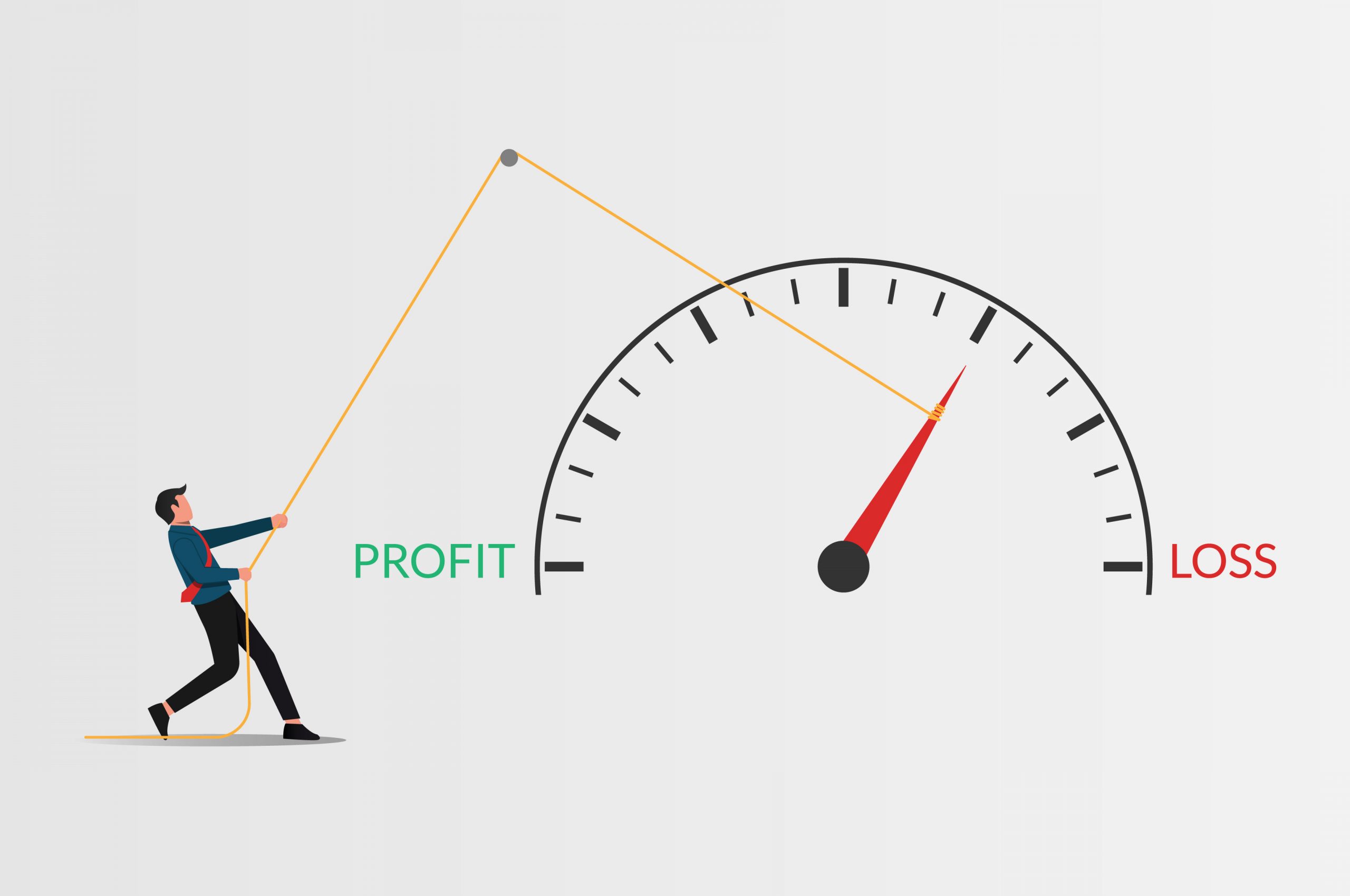Direct Material Cost: With Problems aplenty, why is it important for Manufacturers to focus on it?
Manufacturing | January 11, 2022 | By
Direct cost:
For companies to continue surviving, let alone succeed gloriously, delivering their products at the right product cost is a basic requirement and not a choice. As much as achieving customer experience, reliability, and getting the product on time, achieving the right product cost is a non-negotiable requirement for any product manufacturing company.
In the current scenario, where the supply chains are backed up by several weeks, if not several months, and with manufacturers not receiving materials on time, the procurement and sourcing people’s priority will be to run their businesses. It is sad to see that product cost is taking a back seat. When a supplier is closed even for a short time because of the
 Covid, a ripple effect is created across the ecosystem and thus goes farther and farther for all the materials needed. Like, materials from one supplier not going to the next, and so on – so, like a river flowing from the mountain to sea, materials start from the raw material stage and finally end up as a finished product at the hands of the customer. The entire supply chain is failing because of not receiving the material.
Covid, a ripple effect is created across the ecosystem and thus goes farther and farther for all the materials needed. Like, materials from one supplier not going to the next, and so on – so, like a river flowing from the mountain to sea, materials start from the raw material stage and finally end up as a finished product at the hands of the customer. The entire supply chain is failing because of not receiving the material.
Sometimes, the pent-up demand from the shutdown and freezing of the economic activities leads to a sharper and stronger rebound, pulling materials faster, in volumes, more than the supply chain could handle. When the supply chain can manage the movement of X trillion dollars worth of materials during normal times, the rebound is trying to consume materials multiple times over X – remember when people stockpiled sanitizers, toiletries, and toilet papers for several weeks in the early stage of the pandemic? Or when folks had to be locked in their homes for several months, every single person in the family needed their laptops and electronic devices, their home office setup?) Though the pandemic may have triggered – like the (in)famous butterfly effect – this is a very different secondary effect of an economic freeze and the strong rebounding of an economy.
The third is the geopolitical situation, where organizations have or are trying to have supply sources from different regions of the world. If, in an unfortunate event, countries start closing borders for both movements of people and goods (like 1. US and China trade & geopolitical tensions, 2. Situations like the ones happening today in the border between Russia and Ukraine, followed by the responses from the UK, NATO, and the US). It is necessary to design and build a supply chain that will withstand such a potential unfortunate event in the future.
for both movements of people and goods (like 1. US and China trade & geopolitical tensions, 2. Situations like the ones happening today in the border between Russia and Ukraine, followed by the responses from the UK, NATO, and the US). It is necessary to design and build a supply chain that will withstand such a potential unfortunate event in the future.
Many other factors affect businesses, supply chains, and consumption patterns, either directly or indirectly. Changes that, in particular, are driven by Climate Changes would be slower but constant and permanent. How often have we seen in the recent past that places that historically witnessed moderate rainfall are now seeing a deluge of heavy rainfalls, while some are experiencing drought, severe cold weather, and some, even severe dry spells, unlike in the past?
On a side note, according to IPCC (Intergovernmental Panel on Climate Change) report,
1. Hot extremes (including heatwaves) have certainly become more frequent and intense across most land regions since the 1950s.
2. Severe heatwaves of this kind that only showed up once every 50 years are now occurring approximately once a decade.
3. Severe droughts are happening 1.7 times as often.
Also, last year winemakers were devastated by a wildfire that blazed through the once-picturesque nature reserve near the French Riviera – with similar stories reported elsewhere in Europe as well. Also, rebounding of economic activities, geopolitical issues, and climatic change issues hamper or overload the existing supply chain, along with the pandemic. The thought process we earlier had for globalization and distributed global manufacturing footprint should now be re-thought.
All such factors listed above and many more that we may not be able to imagine – Oh! and did we miss diversity, sustainability, regulatory compliances? – put immense pressure on the Procurement and Supply Chain fraternity to look for newer sources different from their current strategies. And beyond doubt, every one of the reactive actions will be an exercise in increasing the cost of the parts/ items involved.
Unfortunately, companies still have to maintain costs to sustain and maintain a certain margin for the continuation of their operations and the development of newer products. Price increases can be realized only to a certain extent as we are limited by the consumers’ purchasing powers and the pressures from the competition. This means, the more reasons we have to worry outside of the cost, the more need we have to maintain visibility to the product cost. Here is where Source-to-Pay software can help gain that much-needed visibility. Let us see how.
1. There is no guesswork as everything is in front of us.
2. Data is well organized, so the time spent understanding the data(cost impact) is eliminated, and the time saved can be spent on strategic decision-making.
3. Apart from the individual, the whole organization has visibility to the costs collectively, and thus, decisions with bigger consequences are possible faster than it is today.
4. With the right data in front, the right choices can be made, covering all aspects of a pandemic, geo-political, climate change, or other demographic requirements.
Having clear visibility to the cost will help companies re-strategize on their product, pricing, market approach, and also, on their supply chain footprint like in-house manufacturing, and finding the right low-cost suppliers, etc. Thus, despite the setbacks, product costs will continue to be a major factor of success for product manufacturing companies. At no point, the consumers will pay more than the value they perceive for the given item or service. If any company takes this for granted and keeps adding costs to its product, then the competitors will topple its business by providing the same or even better value at a lower price. And technology will probably do a better favor to the competitors.













